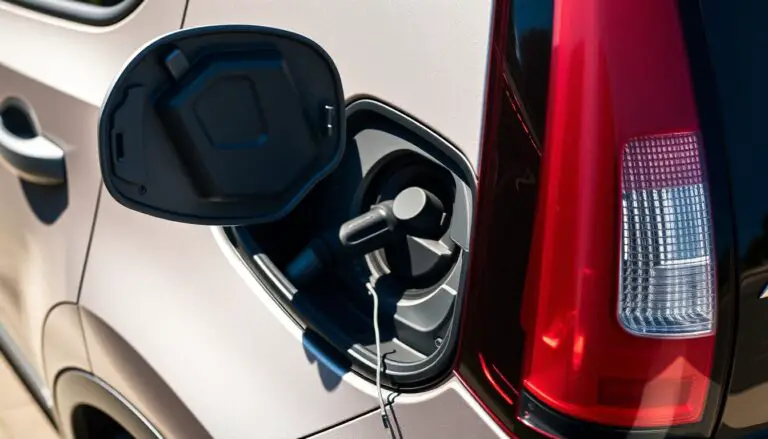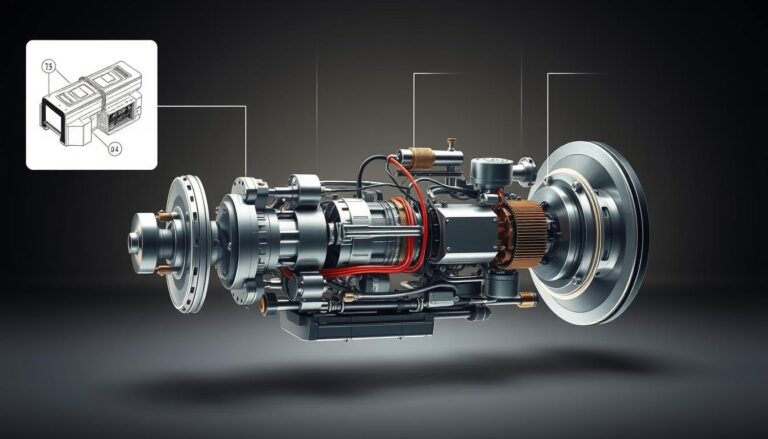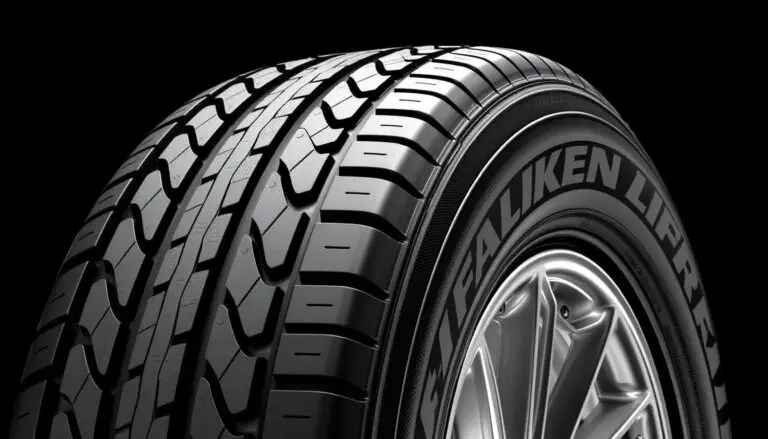Finding the right wheels for a Ford Explorer involves understanding specific dimensions such as bolt pattern, wheel size, offset, and tire compatibility. Ford Explorers typically feature a 5×114.3mm bolt pattern, but it’s crucial to verify these details based on the model year and specific trim of your vehicle.
Introduction
Choosing the appropriate wheels for your Ford Explorer is not only a matter of aesthetics but also one of performance, safety, and compatibility. Wheels that correctly fit your Explorer can enhance its driving dynamics, fuel efficiency, and overall look. This blog aims to provide Ford Explorer owners with a detailed guide on selecting suitable wheels, focusing on the importance of the bolt pattern, rim size, offset, and other crucial factors.
The Ford Explorer, known for its versatility as a family SUV and off-road capabilities, demands precise wheel specifications to maintain its performance and safety standards. Whether you’re replacing old wheels or upgrading for a new look, understanding these specifications is key to finding the perfect match for your vehicle.
Key Takeaways
- Bolt Pattern: Typically, the Ford Explorer uses a 5×114.3mm bolt pattern, essential for wheel compatibility.
- Wheel Size: Wheel diameters for the Explorer vary, with common sizes ranging from 17 to 20 inches.
- offset: Correct offset is vital to ensure the wheels sit properly within the wheel wells, avoiding contact with suspension components.
- Tire Compatibility: Wheels must accommodate the tire sizes recommended for the Ford Explorer to preserve its handling and safety.
- Materials: Choosing wheels made from durable materials like alloys can enhance performance and vehicle aesthetics.
- Style: The right wheel design can significantly improve the appearance of your Ford Explorer.
Understanding Bolt Patterns
The bolt pattern is a critical factor in wheel compatibility. For the Ford Explorer, the standard bolt pattern is usually 5×114.3mm, but this can vary, especially with newer models or special editions.
How to Measure Bolt Patterns
To measure a 5-lug bolt pattern, you can measure from the center of one bolt to the far edge of the third bolt. This measurement is crucial for ensuring that new wheels will fit your Explorer correctly.
Wheel Size Matters
The size of the wheels you choose can affect the Explorer’s handling, ride comfort, and aesthetics. Common sizes for the Ford Explorer range from 17 inches to 20 inches in diameter, with various widths also available.
Impact on Vehicle Dynamics
Larger wheels can enhance the SUV’s appearance and handling but might also lead to a firmer ride. It’s important to strike a balance between looks and comfort, especially for a family-oriented vehicle like the Explorer.
The Importance of Wheel Offset
Wheel offset, the distance from the wheel’s mounting surface to its centerline, plays a crucial role in ensuring the wheel fits without rubbing against suspension or body components.
Finding the Right Offset
Ford Explorers require a specific offset range to ensure the wheels sit properly. Too much deviation from this range can lead to handling issues or tire rubbing.
Tire Compatibility
The wheels you choose must be compatible with tires that are suitable for the Ford Explorer, in terms of size, load rating, and speed rating, to maintain the vehicle’s safety and performance.
Choosing the Right Tires
Matching your wheels with the right tires is crucial for maintaining the vehicle’s handling characteristics and ensuring the safety of all passengers.
Materials and Construction
Wheels are typically made from steel or alloys. Alloy wheels, made from aluminum or magnesium, offer a good balance of weight, strength, and aesthetic appeal, making them a popular choice for the Ford Explorer.
Alloy vs. Steel
While alloy wheels are generally preferred for their lighter weight and better heat dissipation, steel wheels can offer more durability and are often less expensive.
Aesthetic Choices
The design of the wheels can dramatically affect the look of your Ford Explorer. From sleek, modern designs to more rugged, off-road styles, there’s a wide range of options to suit your taste.
Personalization Options
Customization doesn’t stop at wheel design; finishes such as matte, glossy, or even custom colors can help make your Explorer stand out.
Conclusion
Selecting the right wheels for your Ford Explorer involves more than just choosing a design you like. It requires a deep understanding of technical specifications like bolt patterns, wheel sizes, offsets, and tire compatibility. By considering these factors, you can enhance the performance, safety, and appearance of your Ford Explorer, ensuring it meets your needs and preferences.
FAQ
Can I install larger wheels on my Ford Explorer?
Yes, but ensure they don’t interfere with the vehicle’s suspension or bodywork and that the offset is appropriate.
How do I find out my Explorer’s bolt pattern?
Refer to your owner’s manual or consult with a professional. The most common pattern is 5×114.3mm, but this can vary.
Does changing wheels affect my Explorer’s warranty?
It can, particularly if the modifications lead to damage. Always check your warranty terms before making changes.
What’s better for an Explorer, alloy or steel wheels?
Alloy wheels are usually better for performance and aesthetics, while steel wheels may be better for durability and cost.
Should wheel size affect my tire choice?
Absolutely. Ensure your tires match the size recommendations for your Explorer to maintain its performance and safety.
Can new wheels improve fuel efficiency?
Lighter wheels can reduce unsprung weight, potentially leading to slight improvements in fuel efficiency.


